Volcanoes are both awe-inspiring and terrifying, able to create stunning landscapes while also possessing the power to wreak havoc on a massive scale. Throughout history, volcanic eruptions have caused devastation, altering climates, and reshaping entire regions. Here, we dive into some of the deadliest volcanic eruptions known to humanity and explore those that might be primed for a future eruption. Buckle up, because this volcanic journey will take us around the world and back in time!
1. Tambora’s Terrible Fury
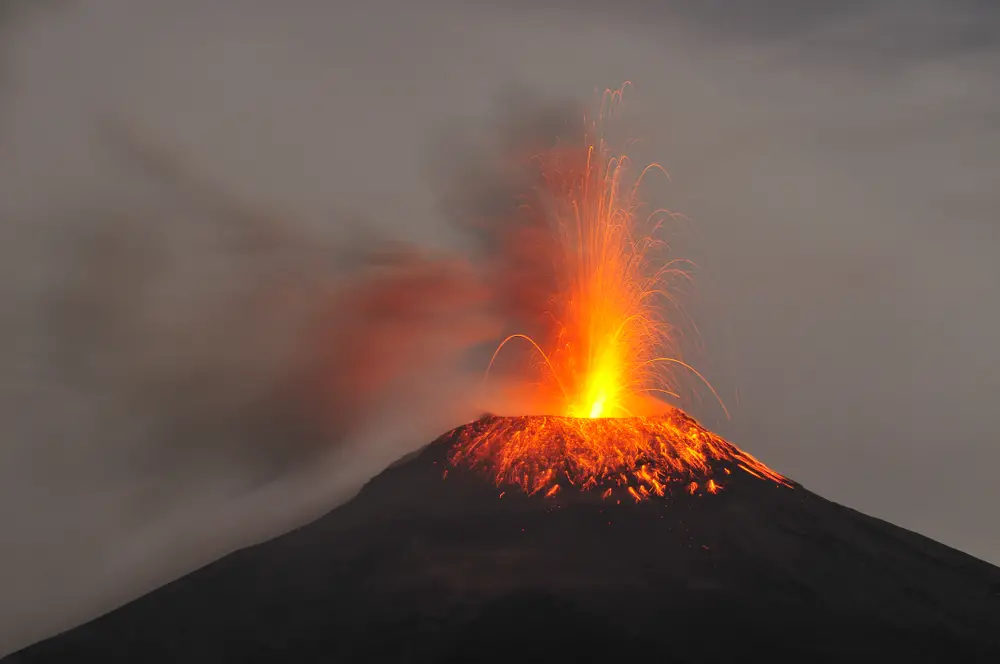
The eruption of Mount Tambora in 1815 is often regarded as the most powerful and deadly eruption in recorded history. Located in present-day Indonesia, Tambora’s explosion was so powerful that it caused the “Year Without a Summer” in 1816, affecting global temperatures and leading to widespread crop failures. According to the Smithsonian Institution, the eruption resulted in the deaths of at least 71,000 people, many from the subsequent famine and disease. Ash from the eruption fell as far away as 1,300 kilometers from the volcano itself, demonstrating its vast reach and impact.
The eruption’s immediate aftermath was devastating, burying entire villages under a thick layer of volcanic ash. The global climate anomalies it caused led to food shortages in the Northern Hemisphere, with particularly harsh effects felt in Europe and North America. The effects of Tambora were not just environmental but also social, as societies had to grapple with food shortages and increased mortality rates. This event underscores the far-reaching consequences a single volcanic eruption can have, not only on the immediate environment but on global human populations.
2. Krakatoa’s Cataclysmic Blast
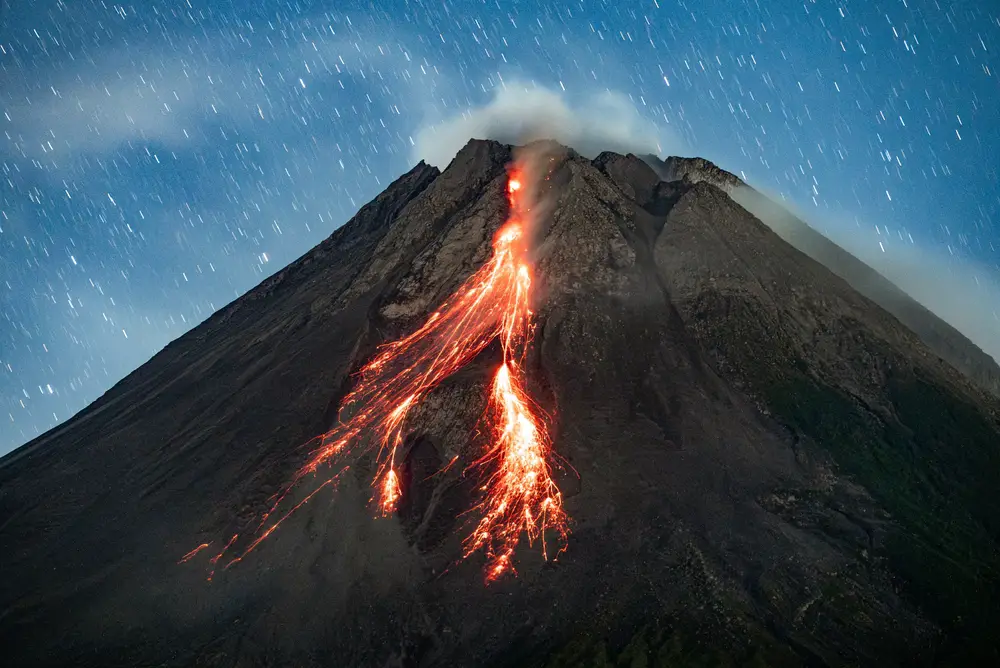
Krakatoa’s eruption in 1883 is another infamous event, remembered for its explosive power and the devastating tsunamis it triggered. As part of the Sunda Strait between the islands of Java and Sumatra, the eruption obliterated over two-thirds of the Krakatoa island and created a massive caldera. The eruption, which was heard as far away as Australia and the island of Rodrigues near Mauritius, was one of the loudest sounds ever recorded in human history. According to the U.S. Geological Survey, it resulted in over 36,000 deaths, primarily due to the tsunamis that followed the volcanic explosion.
The massive amounts of volcanic ash thrown into the atmosphere affected global weather patterns for years, causing vivid sunsets and cooler temperatures worldwide. The remnants of Krakatoa, including the island of Rakata, have since been closely monitored, and Anak Krakatoa (Child of Krakatoa) emerged from the caldera in 1927. It remains an active volcano and a reminder of the island’s explosive past. The event serves as a stark reminder of how interconnected natural events are, affecting not just the immediate vicinity but having global repercussions.
3. Mount Pelée’s Deadly Eruption
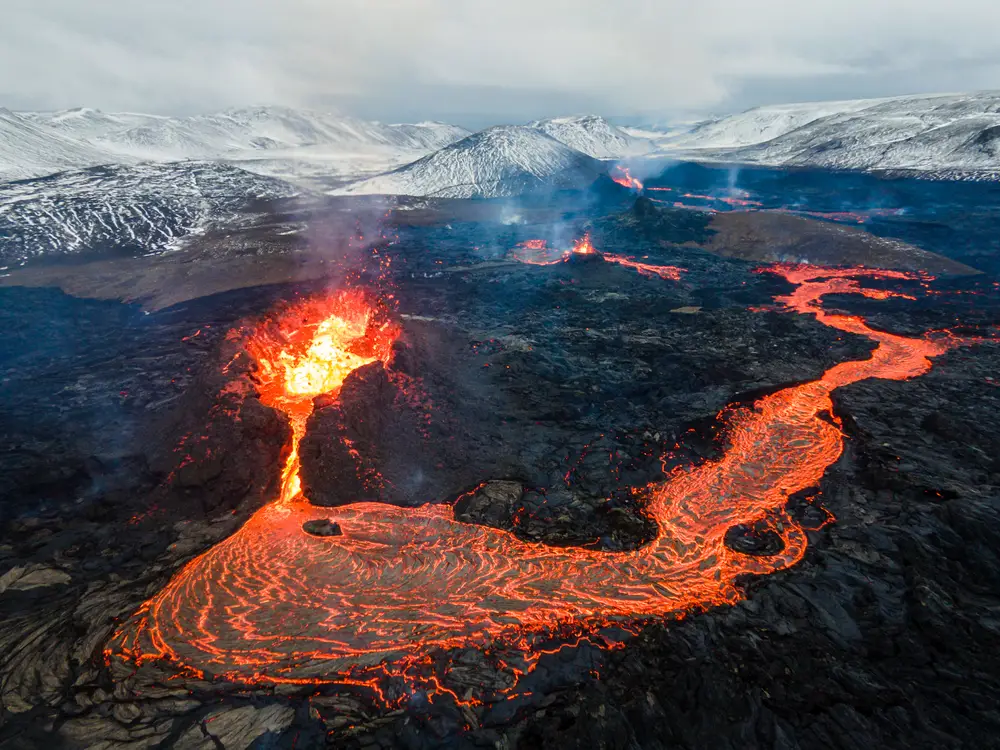
Mount Pelée, located on the Caribbean island of Martinique, erupted in 1902 with devastating results. The eruption is notorious for its swift and lethal pyroclastic flows, which obliterated the town of Saint-Pierre, killing nearly 30,000 people and leaving only two survivors. As noted in this National Geographic article, the eruption’s suddenness and ferocity took the inhabitants by surprise, with few able to escape the rapidly advancing flow of superheated gas and volcanic material.
This eruption is often cited as a case study in the dangers of pyroclastic flows, which can move at speeds exceeding 100 kilometers per hour and reach temperatures of about 1,000 degrees Celsius. The destruction of Saint-Pierre was so complete that it was dubbed the “Paris of the Caribbean” in ruins. The eruption led to significant advancements in the field of volcanology, as scientists sought to understand and predict such phenomena better. Mount Pelée’s eruption stands as a somber reminder of nature’s power and the importance of early warning systems in mitigating disaster impacts.
4. The Lethal Lahar of Nevado del Ruiz
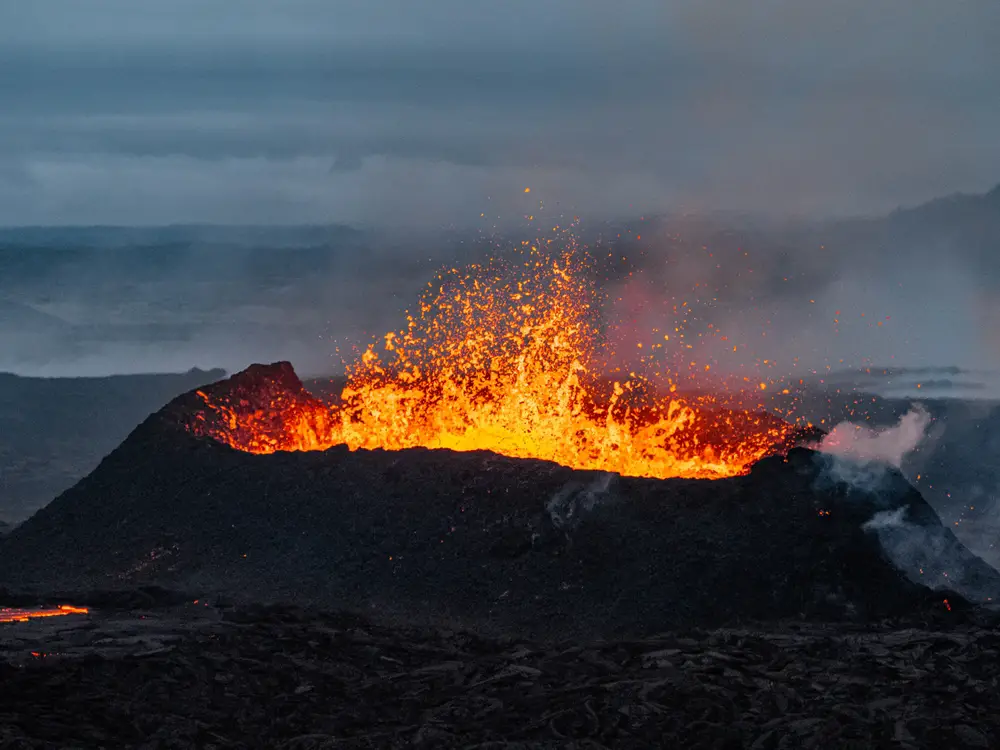
In 1985, the Colombian volcano Nevado del Ruiz sent shockwaves through the world with its deadly lahar, a destructive volcanic mudflow. The small town of Armero bore the brunt of this disaster, with the lahar engulfing the town and resulting in the deaths of more than 23,000 people. This tragedy is a stark reminder that the dangers of volcanoes are not limited to eruptions but also include secondary hazards like lahars. The event demonstrated the lethal potential of volcanic glaciers melting and mixing with volcanic debris, forming a fast-moving and deadly slurry.
Despite warnings and the volcano showing signs of activity, the disaster was exacerbated by a lack of preparedness and poor communication. The Armero tragedy highlighted the critical need for effective disaster management and communication strategies to prevent such loss of life in the future. Today, the Nevado del Ruiz is closely monitored, and efforts have been made to improve early warning systems to prevent a repeat of the 1985 catastrophe. The event underscores the importance of proactive risk reduction measures, especially in regions with a history of volcanic activity.
5. Unleashing the Unforgiving: Mount Vesuvius
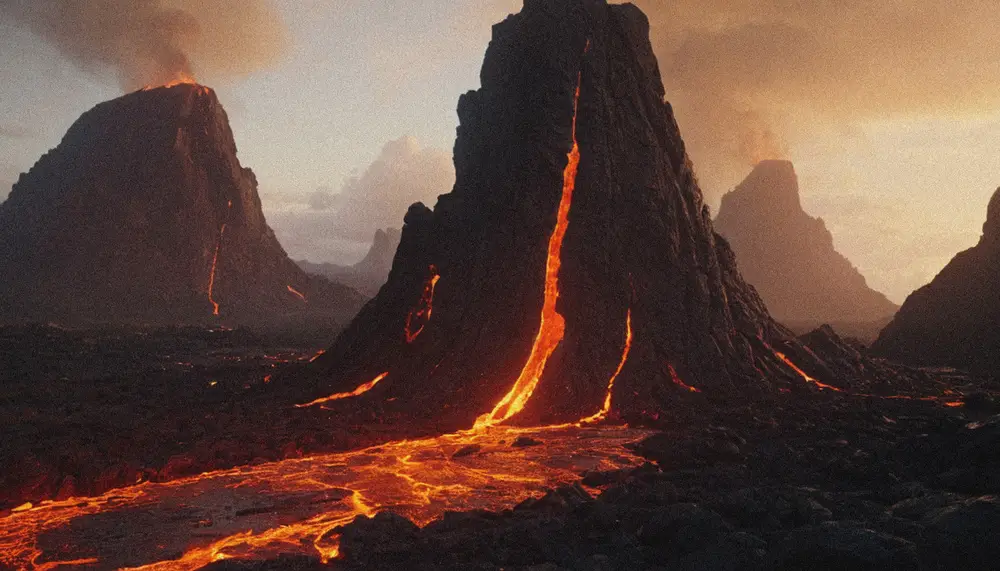
Mount Vesuvius is perhaps the most famous volcano in history due to its catastrophic eruption in 79 AD that led to the burial of the Roman cities of Pompeii and Herculaneum. This event has been immortalized in countless books and films, illustrating the sheer power of volcanic eruptions. The rapid burial of these cities under a thick blanket of volcanic ash and pumice preserved them for centuries, providing modern archaeologists with a vivid snapshot of Roman life. The eruption itself was devastating, with thousands of inhabitants losing their lives in a matter of hours.
The rediscovery of Pompeii in the 18th century captivated the world, allowing us to learn much about Roman society and the sudden impact of Vesuvius. The volcano remains active today, with millions living in its vicinity, making it one of the most monitored volcanoes on the planet. The history of Vesuvius serves as both a lesson and a warning of the potential for future eruptions in populated areas. The past devastation reminds us of the importance of preparedness and respect for the destructive power of nature.
6. Mount St. Helens: A Modern Reminder
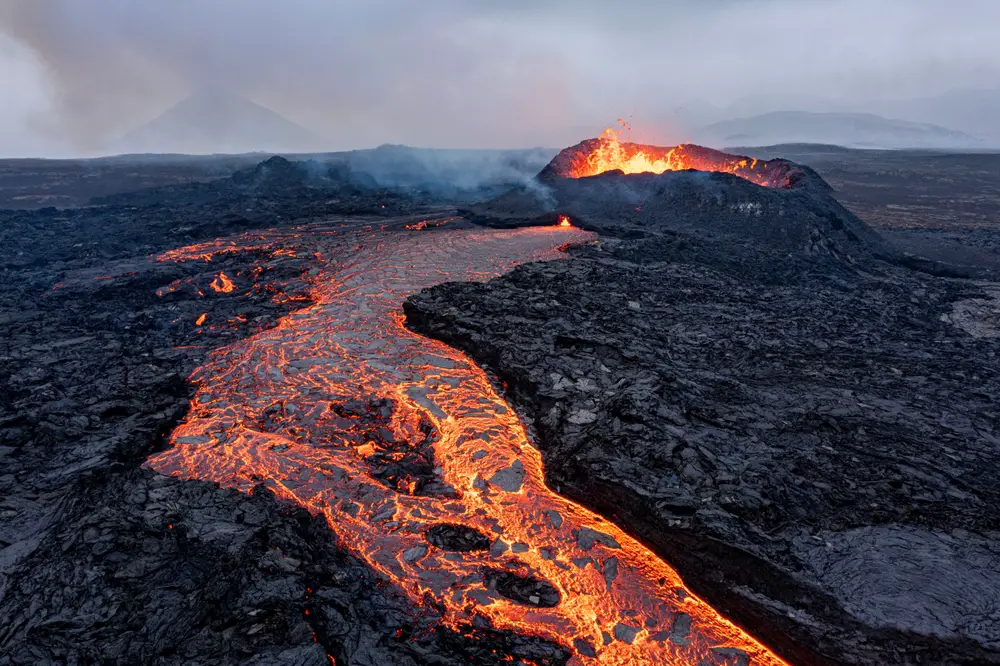
Mount St. Helens’ 1980 eruption in the United States is a modern reminder of the destructive power of volcanoes in North America. The eruption was preceded by a series of earthquakes and steam-venting episodes, culminating in a massive landslide and explosive lateral blast. This event dramatically reshaped the mountain’s landscape and is often studied for its unique features and lessons. Approximately 57 people lost their lives, and the eruption caused extensive damage to forestry, infrastructure, and wildlife habitats.
The eruption of Mount St. Helens was significant not just for its immediate impact but also for the insights it provided into volcanic behavior and monitoring. It led to advancements in the field of volcanology, particularly in understanding the mechanisms behind explosive eruptions and the importance of monitoring seismic activity. The recovery of the region’s ecosystem has been a fascinating study in resilience and natural regeneration. Mount St. Helens stands as a reminder of the dynamic nature of Earth and the continuous cycle of destruction and renewal that defines volcanic activity.
7. The Icelandic Disruption: Laki Eruption
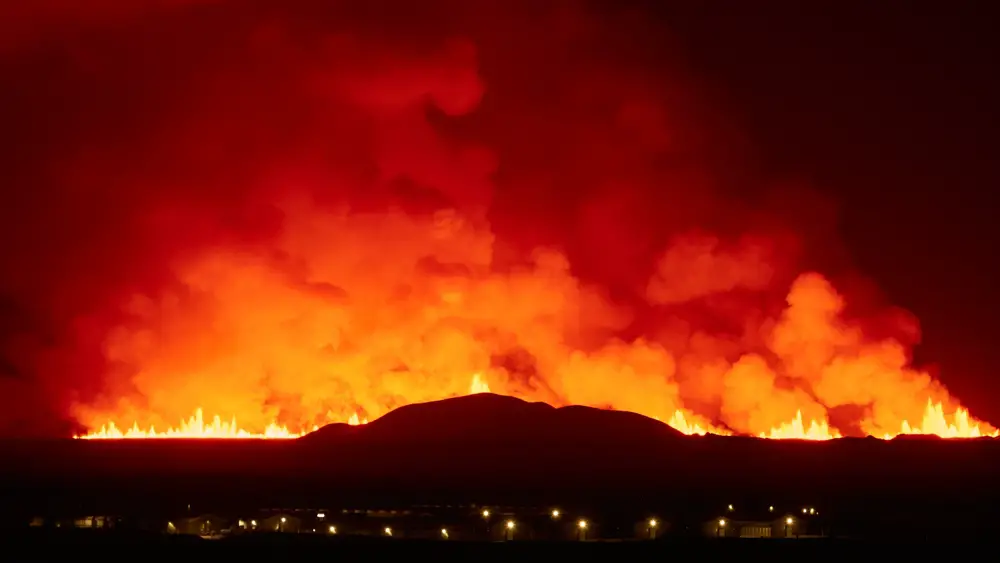
The 1783 eruption of Laki in Iceland was a volcanic event that had far-reaching implications, affecting weather patterns and economies across the Northern Hemisphere. Laki is infamous for its prolonged eruption, lasting eight months and releasing massive amounts of sulfur dioxide into the atmosphere. This resulted in a phenomenon known as the “Laki haze,” which led to severe climatic changes, including the cooling of temperatures and crop failures in Europe. The eruption, along with the resulting famine and fluorine poisoning, is estimated to have caused the deaths of about 25% of Iceland’s population.
The impact of Laki extended beyond Iceland, with repercussions felt across Europe and even as far as North America and Asia. It provides a stark demonstration of how volcanic activity in one part of the world can have global impacts, affecting weather, agriculture, and human health. The Laki eruption contributed to a period known as the “Little Ice Age,” illustrating the complex interplay between volcanic activity and climate. Today, Laki remains a testament to the powerful forces of nature and the importance of studying past events to understand potential future risks.
8. The Dual Calamity of Mount Unzen
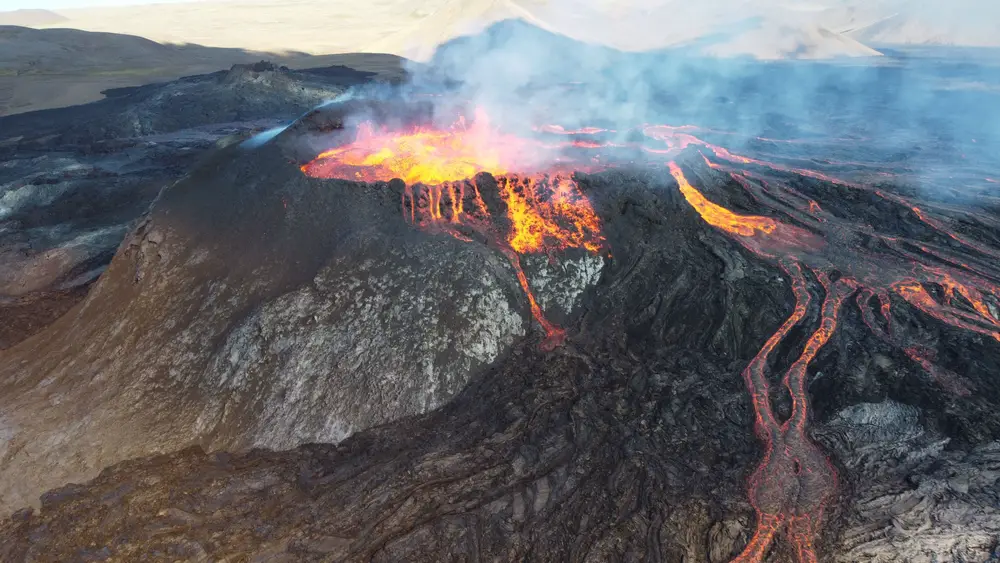
Mount Unzen in Japan erupted in 1792, creating a dual calamity of volcanic activity and a resulting tsunami. The initial eruption led to the collapse of a large portion of the volcano into the sea, triggering a devastating tsunami that struck the Shimabara Peninsula and across the Ariake Sea. The combined effects of the eruption and tsunami resulted in the deaths of about 15,000 people, making it one of Japan’s deadliest volcanic disasters. This event underscores the interconnected nature of volcanic phenomena and the multiple hazards they can pose.
Mount Unzen’s eruption highlighted the need to consider secondary hazards in volcanic risk assessments, such as the potential for landslides and tsunamis. The region continues to be closely monitored, and significant advancements have been made in understanding volcanic processes since the 1792 disaster. Recent activity in the early 1990s demonstrated the ongoing volatility of the volcano, necessitating continued vigilance. The lessons from Unzen emphasize the need for comprehensive disaster preparedness plans that address all facets of volcanic hazards.
9. The Ancient Blast of Santorini
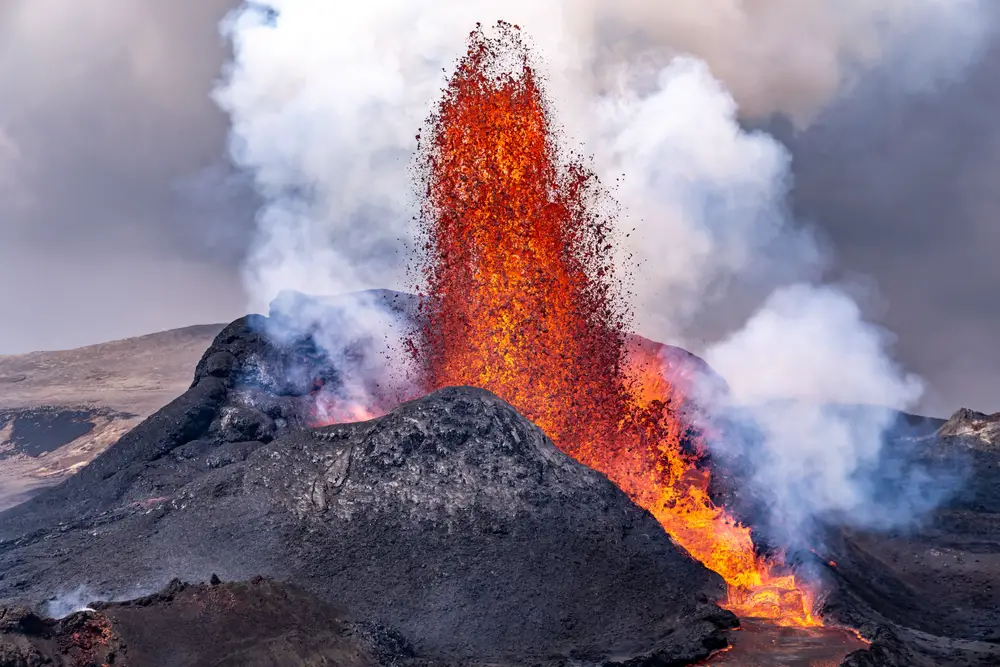
The eruption of Santorini, also known as Thera, in the Aegean Sea is one of the largest volcanic events in human history, occurring around 1600 BCE. This catastrophic eruption had profound effects on the surrounding region, with some researchers suggesting it contributed to the decline of the Minoan civilization. The eruption produced massive pyroclastic flows and tsunamis, and the subsequent ash fallout affected large areas in the Eastern Mediterranean. The event has even been linked to the legend of Atlantis due to its dramatic and sudden nature.
The Santorini eruption offers valuable insights into the impact of volcanic events on ancient societies, influencing trade, agriculture, and settlement patterns. Today, the caldera of Santorini is a popular tourist destination, but it is also an area of active geological study. The volcanic activity in the region is closely monitored to mitigate risks associated with potential future eruptions. Santorini serves as a historical and geological reminder of the powerful forces that can reshape civilizations and landscapes alike.
10. Ticking Time Bombs: Future Volcanic Threats

While history has shown us the destructive potential of volcanic eruptions, several volcanoes today pose significant future threats. Among these are Mount Nyiragongo in the Democratic Republic of the Congo, known for its fast-moving lava flows, and Campi Flegrei near Naples, Italy, a massive caldera with the potential for a major eruption. These “ticking time bombs” are closely monitored by scientists due to their potential to cause substantial human and environmental impacts. The presence of large populations living in proximity to these volcanoes adds to the urgency of understanding and preparing for future events.
Advancements in technology have significantly improved our ability to monitor volcanic activity and predict possible eruptions. However, challenges remain in communicating risks effectively and ensuring that communities are adequately prepared. Continued research and investment in volcanic monitoring and emergency preparedness are necessary to mitigate the threats these volcanoes pose. The lessons of history remind us that while we may not be able to prevent volcanic eruptions, we can work towards minimizing their impact on human life and society.
